Indigo dye is an ancient art of dyeing that you can do at home. Although it is relatively simple, there are a few pitfalls to avoid that I help you navigate here!
Mixing an indigo dye vat is an art form; really! I have tried lots of different combinations of measurements but have found what I think is the sweet spot. If you buy a kit from Amazon, you won’t need to measure out these measurements which is really one of the most technical aspects. Plan to do this on a routine basis? I suggest buying a scale and using it to measure your materials. If you’re making one vat for an activity, just buy a premade kit!
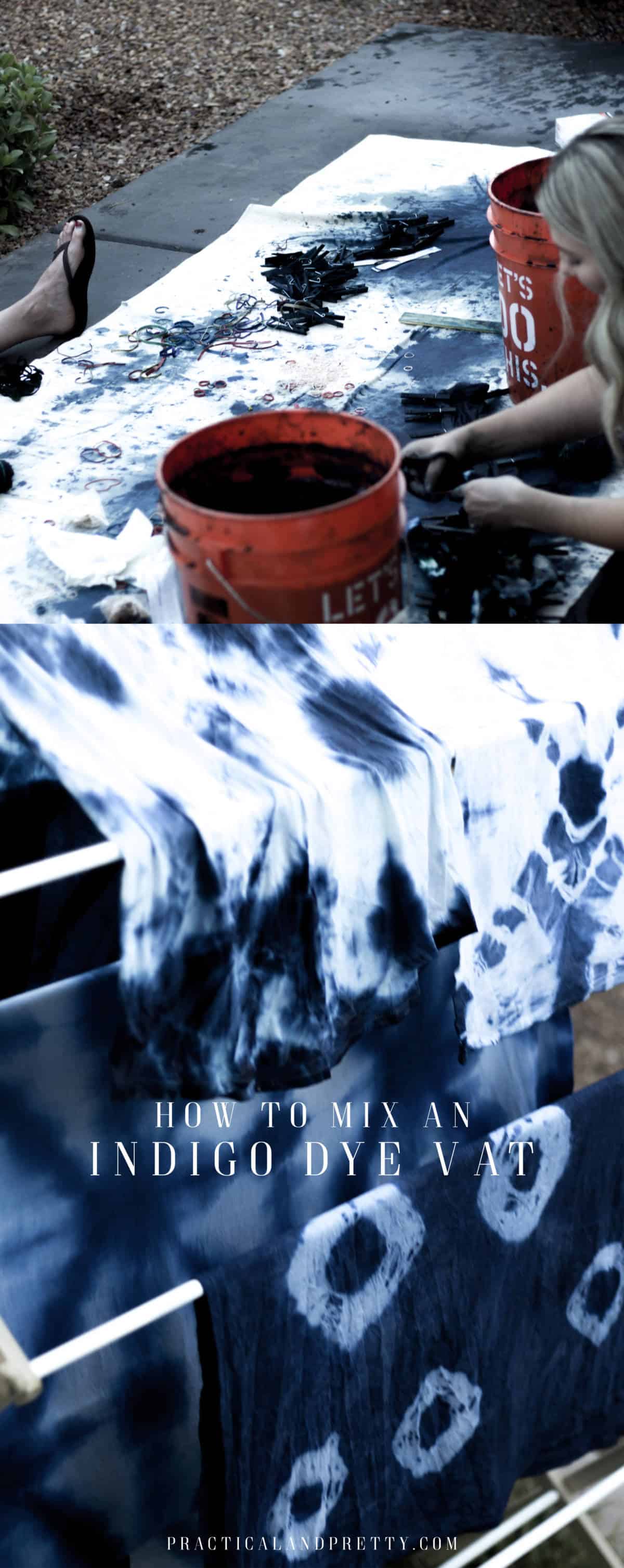
What is indigo dye made from?
Indigo is produced from several plants. Most indigo is now synthetic, however. Woad is a type of plant that gives you the indigo color but to get the rich color you are used to seeing, you’ll want to get prereduced indigo.
Where do you get indigo from?
Amazon! Well, that’s where I get mine. There are also a lot of options on Etsy. Pre-reduced indigo from the Jacquard brand is the best I have used in my experience.
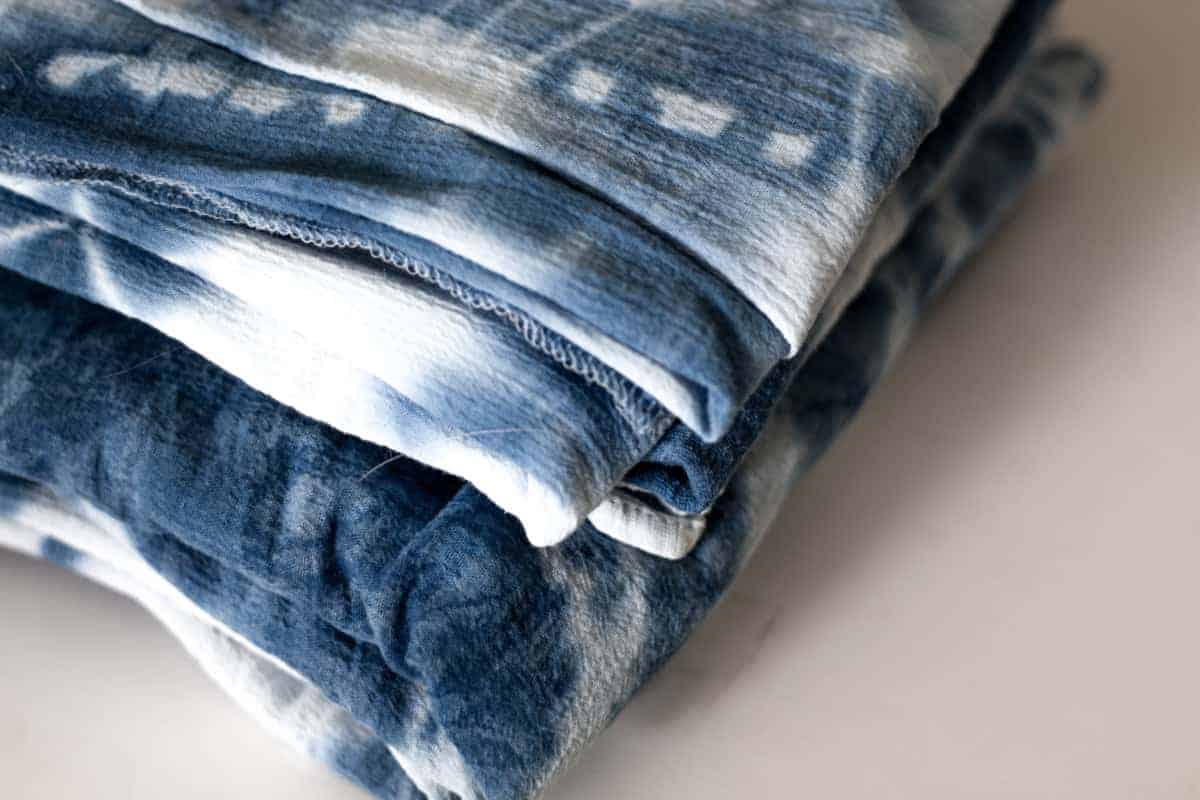
What I use for my Indigo Dye
- 50 grams Urea
- 100 grams Soda Ash
- 20 grams prereduced indigo
- 5 gallon bucket
- Large stick for stirring
- Drop cloth (I like to layer a canvas drop cloth over plastic.)
Fill the 5 gallon bucket with water with 2-4 inches left so you have room to add your fabric.
As the bucket is filling, I add my urea so it starts to dissolve.
Next you will add your soda ash and indigo at the same time.
Stir very gently. I always stir my vat in one direction (either clockwise or counter clockwise). The key to a good indigo dye vat is adding the last amount of oxygen. So as you dip your fabric and stir, take care not to aggravate it more than necessary.
Dip your cloth for 1 minute and remove. Do not ring out your fabric. Set it on a drop cloth. The fabric will be lime green if your dye vat worked!
Allow your fabric to sit until it is a dark blue color. Flip it over and make sure all sides of the fabric are exposed to oxygen.
Dip your fabric again if you’d like a deeper color. One dip will give you a denim color. Three to four dips is what I like! More dips than this is pretty hard to see.
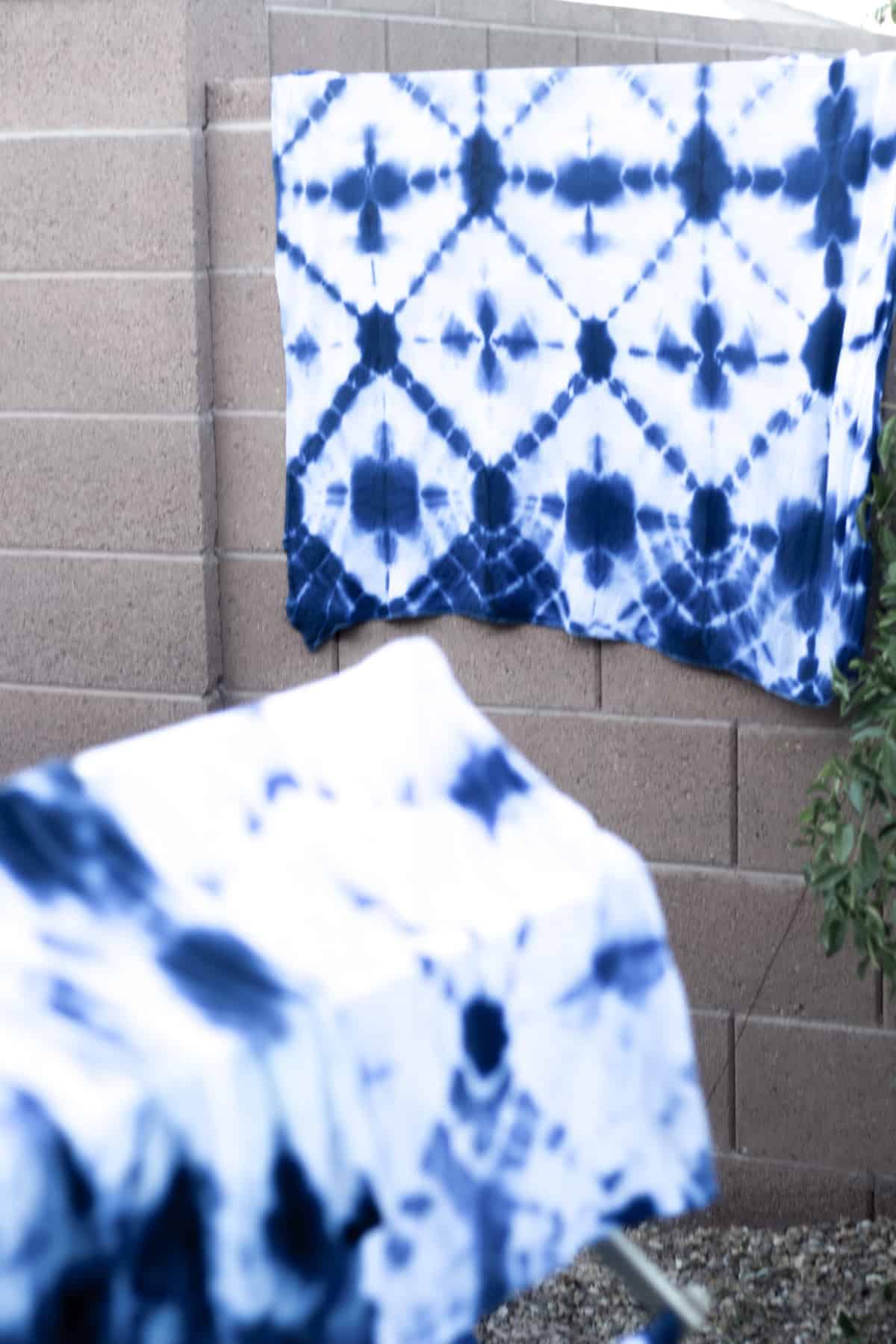
Rinse your fabric until the water runs clear immediately. The color will start to pull out if you leave it for more than 20 minutes. It won’t completely come out, it will just end up a lighter blue. Wash your cloth with detergent as soon as you get a chance, but this step is not urgent! If you are making a shirt, just be sure to wash it before wearing it or you’ll turn blue!
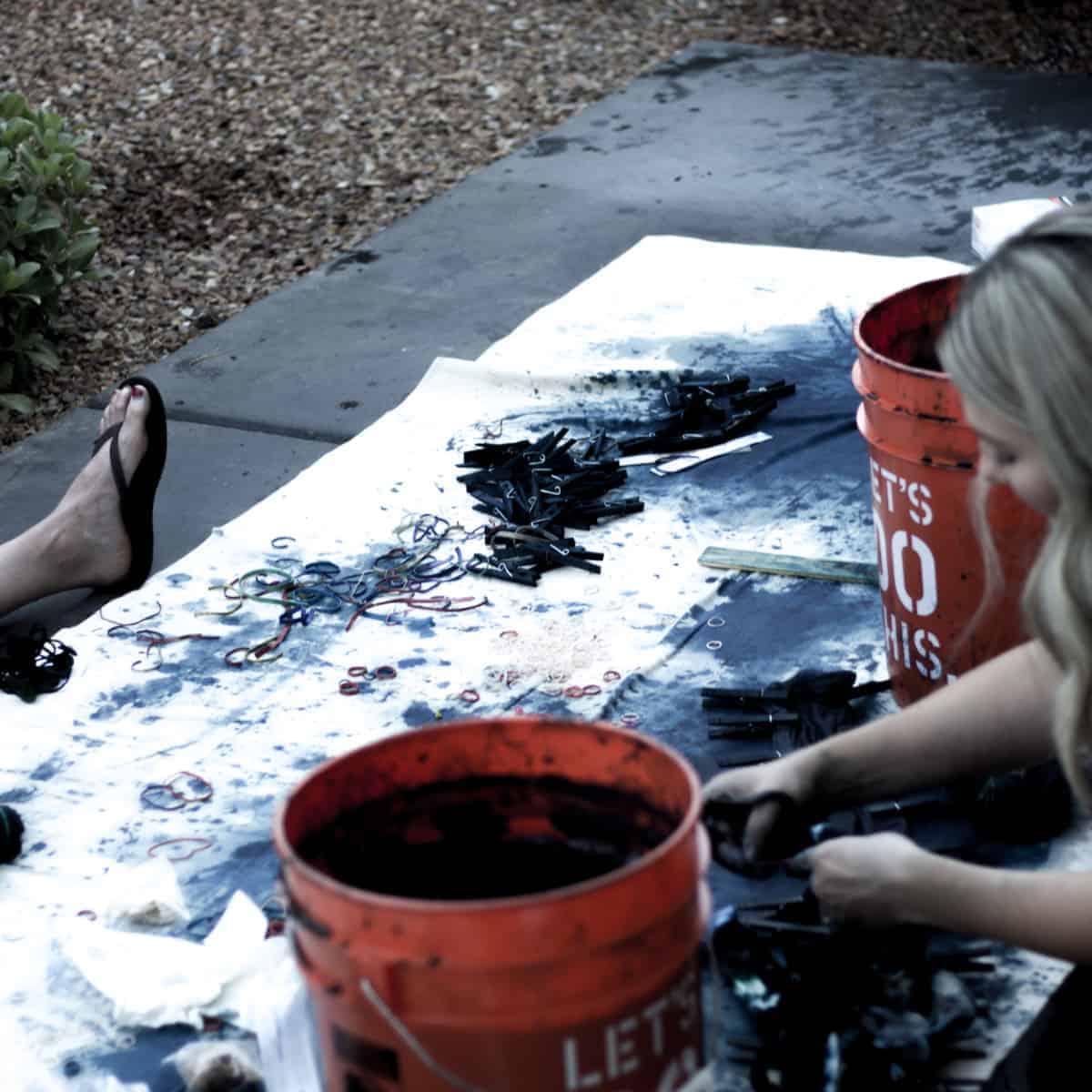
Wondering how I fold my fabrics? I put together a video of some of my favorite shibori folds below.
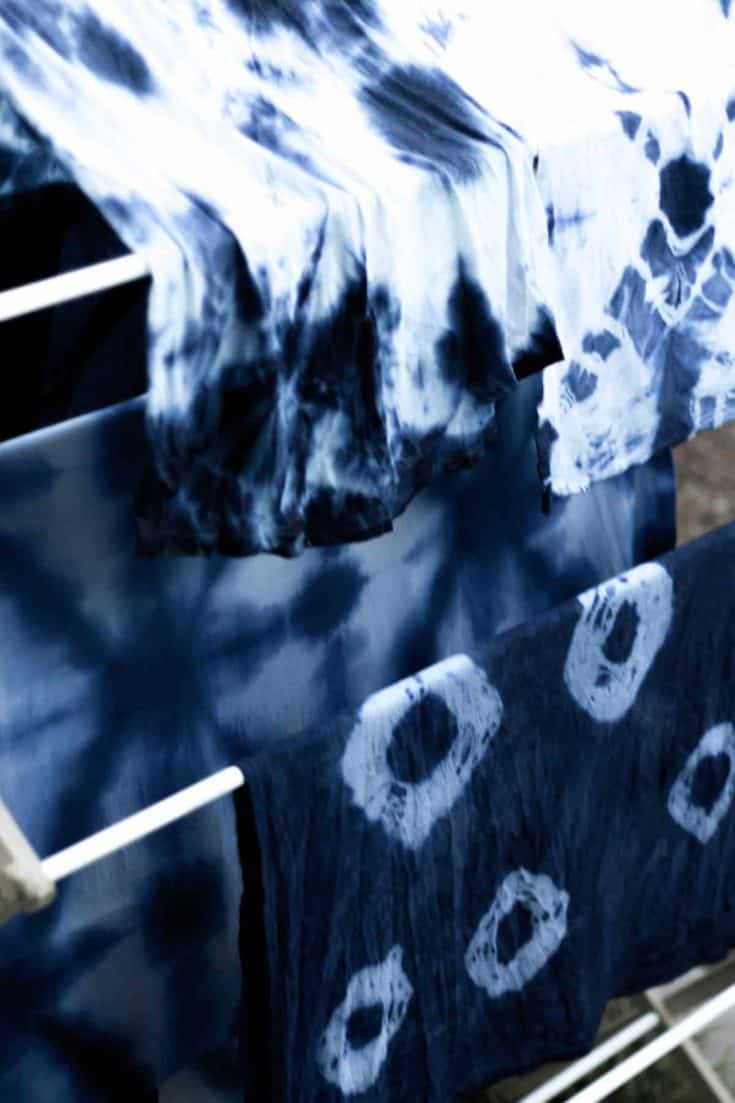
How to Mix an Indigo Dye Vat
Indigo dye is an ancient art of dyeing that you can do at home. Although it is relatively simple, there are a few pitfalls to avoid that I help you navigate here!
Materials
- 50 grams Urea
- 100 grams Soda Ash
- 20 grams prereduced indigo
Tools
- 5 gallon bucket
- Large stick for stirring
- Drop cloth
Instructions
- Fill bucket with water
- Add urea.
- Add your soda ash and indigo at the same time.
- Stir very gently. I always stir my vat in one direction (either clockwise or counter clockwise). The key to a good indigo dye vat is adding the last amount of oxygen. So as you dip your fabric and stir, take care not to aggravate it more than necessary.
- Dip your cloth for 1 minute and remove. Do not ring out your fabric. Set it on a drop cloth. The fabric will be lime green if your dye vat worked!
- Allow your fabric to sit until it is a dark blue color. Flip it over and make sure all sides of the fabric are exposed to oxygen.
- Dip your fabric again if you'd like a deeper color. One dip will give you a denim color. Three to four dips is what I like! More dips than this is pretty hard to see.
- Rinse your fabric until the water runs clear immediately.
- Wash your cloth with detergent as soon as you get a chance, but this step is not urgent! If you are making a shirt, just be sure to wash it before wearing it or you'll turn blue!
Recommended Products
As an Amazon Associate and member of other affiliate programs, I earn from qualifying purchases.
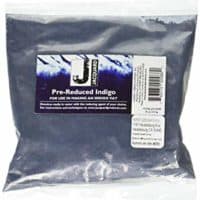
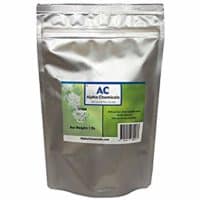
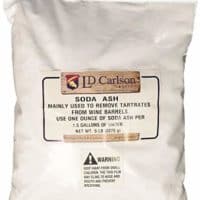
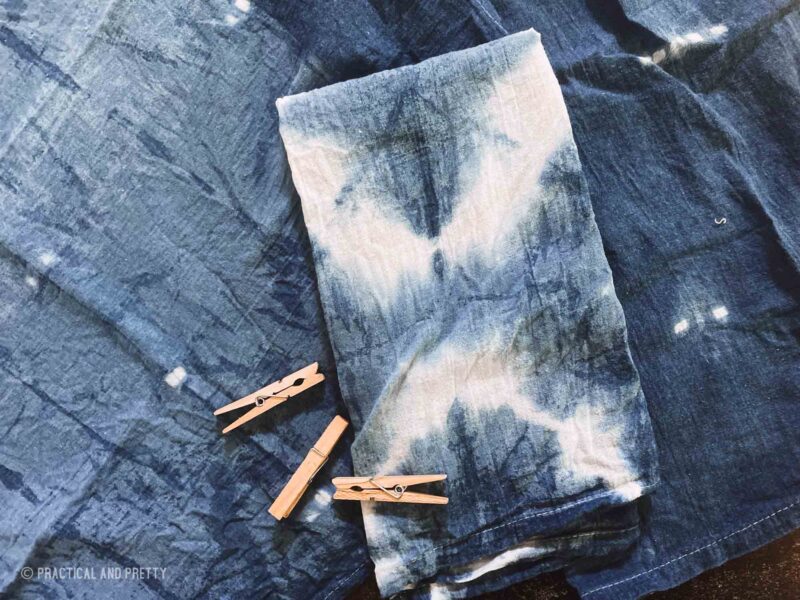
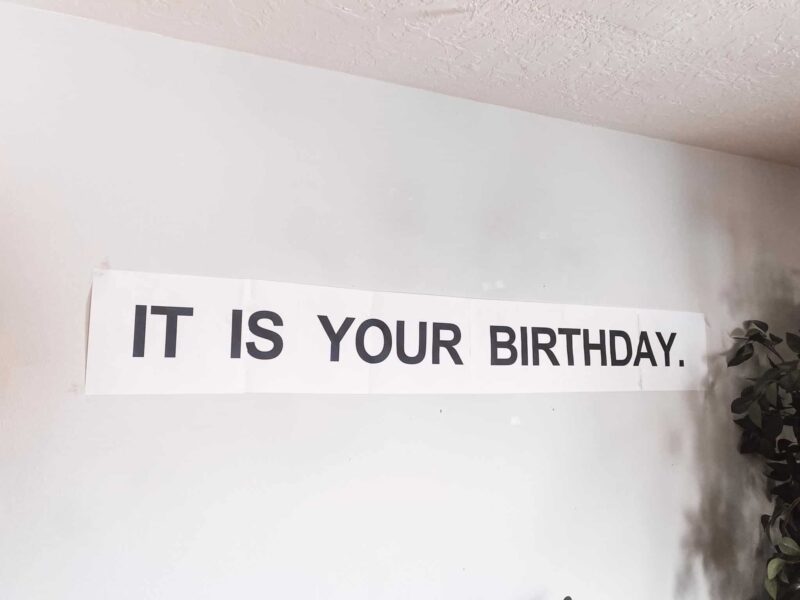
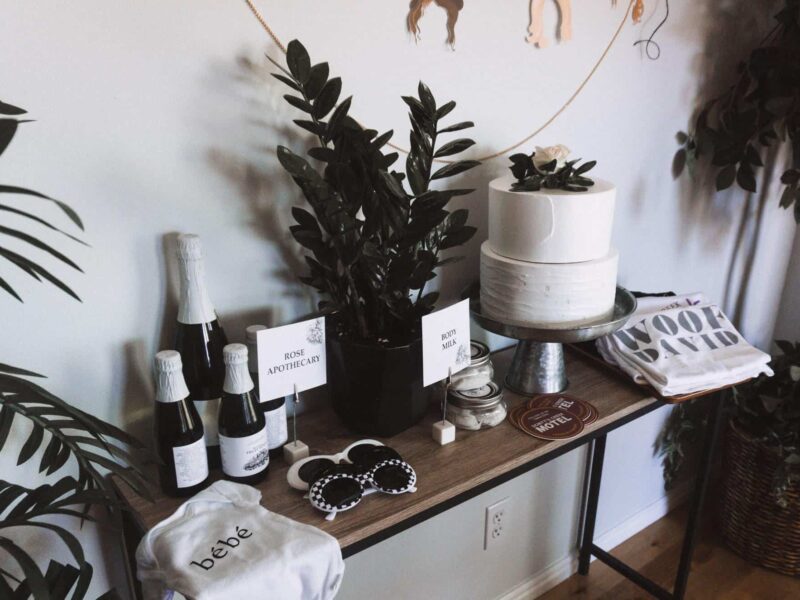
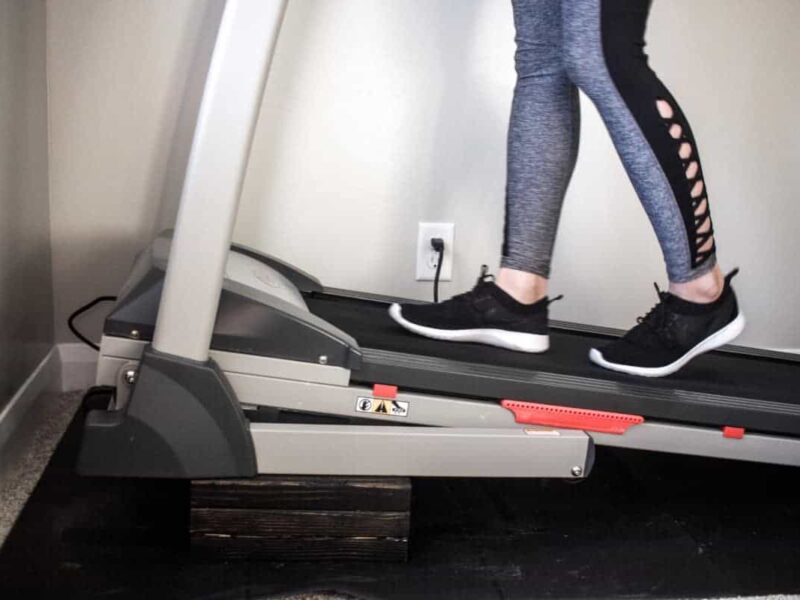
This is amazing! Such a great and thorough tutorial! THANKS SO MUCH!
These look great and the detailed tutorial was perfect!
Such a fun project! It turned out so good!
This would be so fun to do this weekend. Thanks for breaking down the whole process to ensure I get it right.
Of course Sabrina!! <3
Those colors are incredibly vivid… simply amazing
This is SO cute! Love the color!